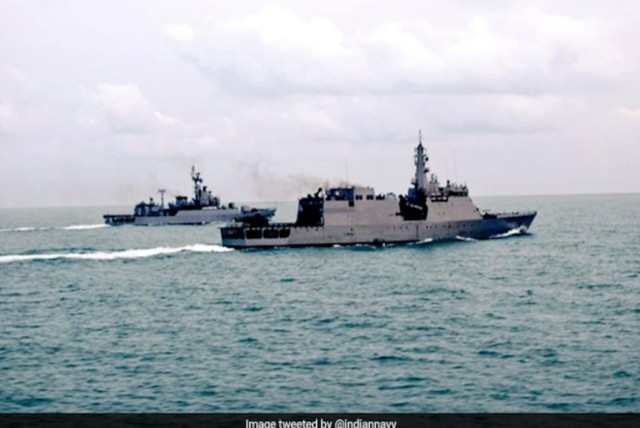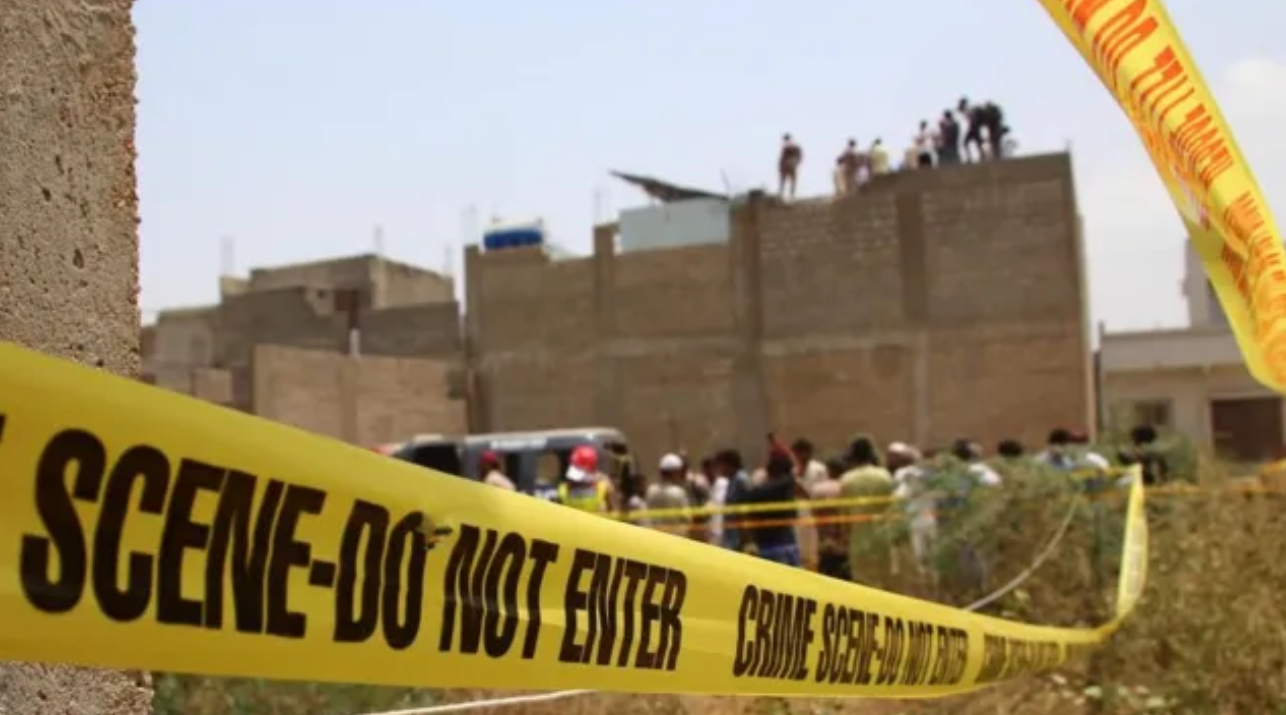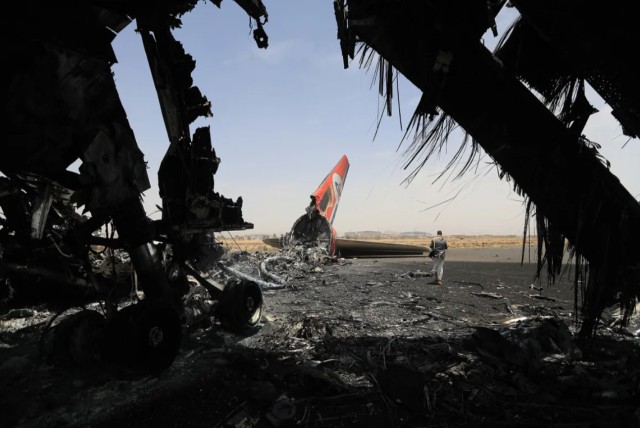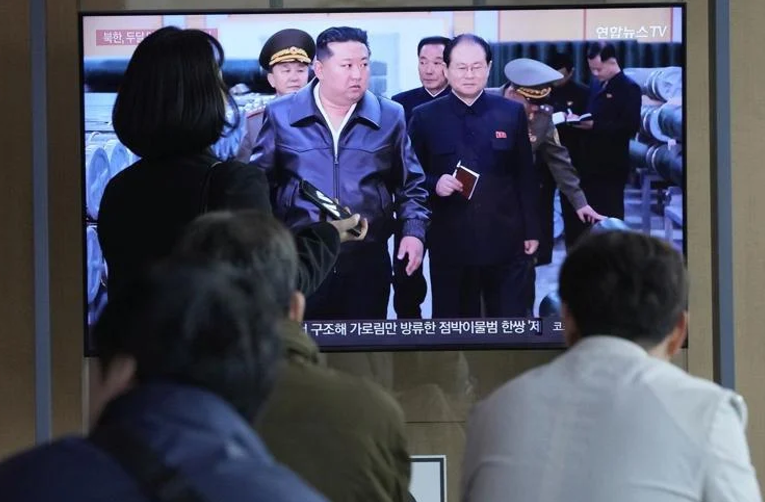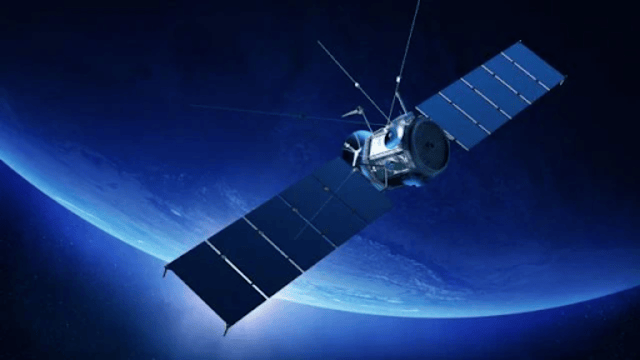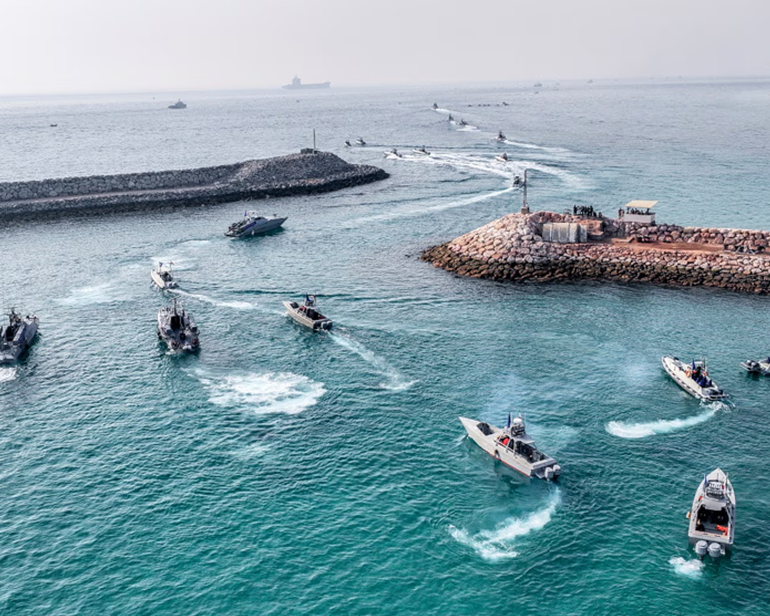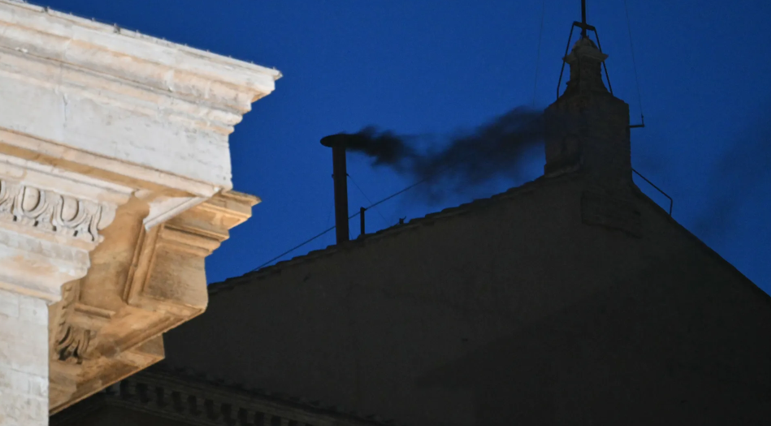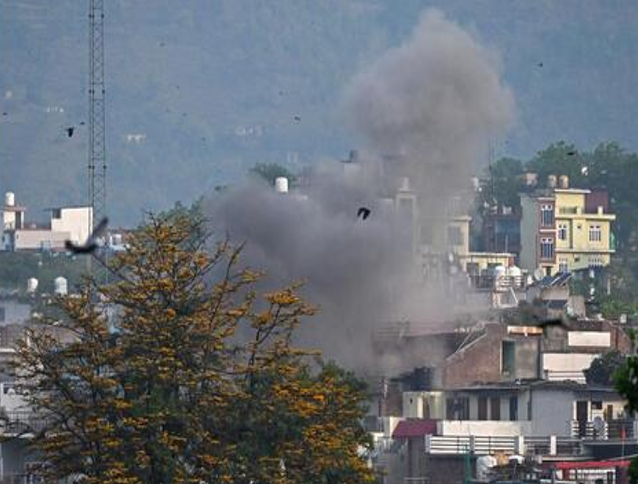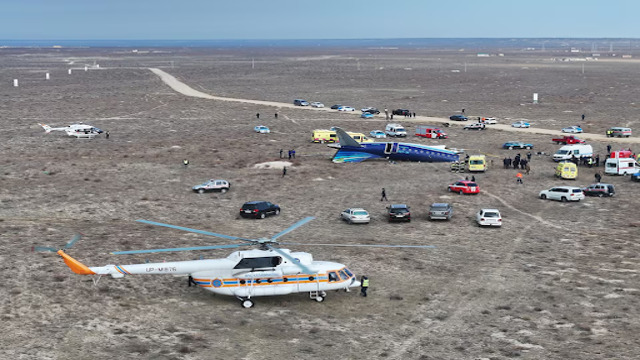
Aerial footage captures the wreckage of an Azerbaijan Airlines passenger plane that crashed near Aktau, Kazakhstan, on December 25, 2024. Reuters
A tragic accident involving an Azerbaijan Airlines plane in Kazakhstan has raised significant concerns, with preliminary findings suggesting that Russian air defences may have downed the aircraft, killing 38 people. The flight, J2-8243, crashed in a ball of flames near the city of Aktau on December 25, 2024, after diverting from a southern Russian area, where Moscow has been using air defence systems to intercept Ukrainian drone strikes.
The flight took off from Baku, Azerbaijan, headed for Grozny, Russia’s southern Chechnya region. However, it veered off course, crossing the Caspian Sea before crashing on its opposite shore in Kazakhstan. Russian aviation authorities initially suggested the crash might have been caused by a bird strike, although they did not explain the flight’s unexpected detour over the sea. At the time of the flight, Makhachkala, the nearest Russian airport, was closed.
According to sources involved in Azerbaijan’s investigation, early findings indicate the plane was struck by a Russian Pantsir-S air defence system. The sources noted that electronic warfare systems had paralyzed the plane's communications as it approached Grozny, suggesting that Russia's air defences unintentionally hit the aircraft. Despite the uncertainty, the sources emphasized that Baku expects Russia to acknowledge responsibility for shooting down the plane. Three other sources confirmed similar findings, although Russia's Defence Ministry has yet to provide a comment.
This image shows the damage to the wreckage of an Azerbaijan Airlines Embraer passenger plane that crashed near Aktau, Kazakhstan, on December 25, 2024. The footage was shared on social media. Reuters
A U.S. official confirmed that early reports indicated a Russian anti-aircraft system may have been responsible for striking the plane. Canada expressed its concern, urging Russia to allow for a transparent investigation into the incident. However, Kazakh officials, including Deputy Prime Minister Qanat Bozymbaev, refrained from confirming or denying the claim that Russian air defences were involved. The Kazakh transport prosecutor in the region where the crash occurred also stated that the investigation had not yet reached a final conclusion.
Kremlin spokesman Dmitry Peskov responded to the speculation by stating that it was premature to make any assumptions before the official investigation was completed. Meanwhile, passengers on board the flight had filmed the moments before the crash, showing oxygen masks deployed and people wearing life vests. Later footage revealed bloodied and bruised survivors, with 29 people managing to escape the wreckage.
KAZAKHSTAN-CRASH/MOMENT Reuters
Images of the wreckage indicated damage consistent with shrapnel, raising suspicions that the plane may have been hit by anti-aircraft fire. Aviation security experts, such as Osprey Flight Solutions, also noted that the wreckage and circumstances pointed to the possibility of a missile strike. In recent months, Russian air defences have been repeatedly triggered by Ukrainian drones targeting southern Russia, and many such drones have been shot down by Russia's advanced air defences. On the day of the crash, Russia had reported downing 59 Ukrainian drones over various regions, including the Sea of Azov.
The Azerbaijan Airlines flight also experienced GPS jamming during its flight, with tracking data showing interference over southwest Russia. This type of electronic warfare is commonly used by Russia to disrupt Ukrainian drone guidance systems. As investigations continue, the circumstances surrounding the crash remain unclear, but the possibility that it was caused by Russian air defences has drawn international attention.



